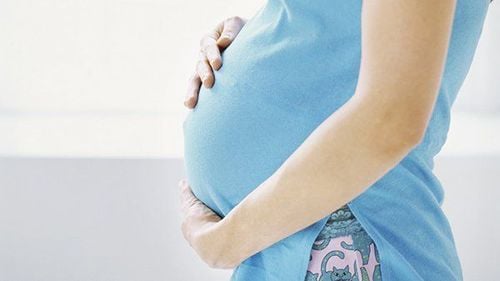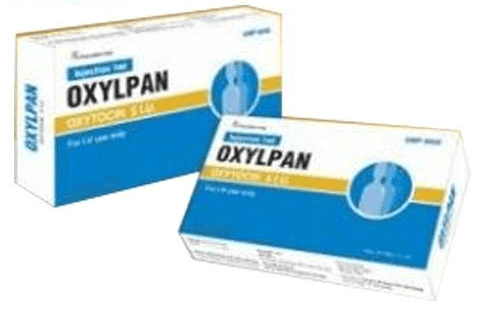This is an automatically translated article.
Premature birth is when a baby is born from 22 weeks to before 37 weeks of pregnancy, counting from the first day of the last menstrual period. The earlier the baby is born, the higher the risk of death and complications.Premature birth is not only a risk to the baby, but pregnant women who give birth prematurely also face many risks such as leftover vegetables, infection after birth.... So what are the risk factors that can lead to premature birth and what to do? To prevent premature birth?
1. Risk factors for preterm birth
1.1 Fetal factors Premature rupture of membranes : Of which 10% are full-term labors and about 30% of preterm labors. Polyhydramnios: About one-third of polyhydramnios are born prematurely. Amniotic fluid infection. Placenta striker, placenta abruption. Placental insufficiency, fetal growth retardation: Inadequate nutrition for the fetus often leads to premature birth. Twins or multiples: The more pregnancies you have, the higher your risk of preterm birth. The fetus has a birth defect or a medical condition (chromosomal abnormalities, autoimmune disease, infection). Pregnancy after in vitro fertilization. 1.2 Maternal factors Preterm birth history: the risk of recurrent preterm birth accounts for 25-50%, the risk is higher if there are many previous preterm births. History of abortion, abortion. Congenital malformations of the uterus such as bicornuate uterus, heart-shaped uterus, semi-septum uterus... Underdeveloped uterus. Cervical cleft, short cervix, history of cervical cone. Fibroids . Mother has medical diseases such as anemia; acute or chronic infections, especially urinary tract infections and cervicitis, vaginitis, periodontitis; fever; heart disease; high blood pressure... Appendicitis : Often associated with preterm labor, possibly because of uterine irritation due to inflammation of nearby organs and bacterial endotoxin release along with increased body temperature.
Mẹ bầu có tiểu sử sinh non có nguy cơ tái sinh non lên tới 25-50%

Mẹ bầu hút thuốc cũng là yếu tố làm tăng nguy cơ sinh non
2. Measures to prevent premature birth
From the above risk factors, it is possible to prevent the risk of preterm birth with measures to prevent premature birth such as:Check, detect and treat stably if the mother's medical diseases before pregnancy. Nutritional supplements, varied diet before pregnancy helps to have a healthy body throughout pregnancy. Regular and scheduled pregnancy check-ups and monitoring to detect abnormalities early. When risk factors for preterm labor are identified, treatment should be taken: Treat infections if present or, if possible, before pregnancy.
Mothers with a history of premature birth find the cause of the previous preterm birth and treat if possible.
In case of opening the uterus, it is necessary to stitch the isthmus, usually the best time to sew the isthmus is around 16-20 weeks of pregnancy. After suturing the uterus, it is necessary to rest and use drugs to reduce uterine contractions. supply and antibiotics to fight infections.
Monitor and manage vaginal bleeding well during pregnancy.
Work and rest properly, avoid overwork, excessive stress. Avoid frequent contact with harmful agents such as: cigarette smoke, dust, chemicals... Eat a nutritious diet with a variety of foods. If the mother has a medical condition during pregnancy such as: pregnancy toxicity, anemia, diabetes, etc., it should be controlled and treated stably. Do not travel long distances, avoid long-distance car driving, especially in the last 3 months of pregnancy.

Bà bầu không nên đi du lịch xa, tránh ngồi xe đường dài nhất là trong 3 tháng cuối thai kỳ
At Vinmec International General Hospital, there is a package maternity service as a solution to help pregnant women feel secure because of the companionship of the medical team throughout the pregnancy. When choosing Maternity Package, pregnant women can:
The pregnancy process is monitored by a team of qualified doctors Regular check-up, early detection of abnormalities Maternity package helps to facilitate the process. birthing process Newborns get comprehensive care
Please dial HOTLINE for more information or register for an appointment HERE. Download MyVinmec app to make appointments faster and to manage your bookings easily.
Reference source: National Guidelines for Reproductive Health Services












